No-Knead Bread Recipe | Epicurious.Com
Your folders
Your folders
Servings: 5.5

Ingredients
Export 4 ingredients for grocery delivery
Instructions
Step 1
Preparation 1. In a medium bowl, stir together the flour, salt, and yeast. Add the water and, using a wooden spoon or your hand, mix until you have a wet, sticky dough, about 30 seconds. Make sure it's really sticky to the touch; if it's not, mix in another tablespoon or two of water. Cover the bowl with a plate, tea towel, or plastic wrap and let sit at room temperature (about 72 degrees F), out of direct sunlight, until the surface is dotted with bubbles and the dough is more than doubled in size. This will take a minimum of 12 hours and (my preference) up to 18 hours. This slow rise—fermentation—is the key to flavor.
Step 2
2. When the first fermentation is complete, generously dust a work surface (a wooden or plastic cutting board is fine) with flour. Use a bowl scraper or rubber spatula to scrape the dough onto the board in one piece. When you begin to pull the dough away from the bowl, it will cling in long, thin strands (this is the developed gluten), and it will be quite loose and sticky—do not add more flour. Use lightly floured hands or a bowl scraper or spatula to lift the edges of the dough in toward the center. Nudge and tuck in the edges of the dough to make it round.
Step 3
3. Place a cotton or linen tea towel (not terry cloth, which tends to stick and may leave lint in the dough) or a large cloth napkin on your work surface and generously dust the cloth with wheat bran, cornmeal, or flour. Use your hands or a bowl scraper or wooden spatula to gently lift the dough onto the towel, so it is seam side down. If the dough is tacky, dust the top lightly with wheat bran, cornmeal, or flour. Fold the ends of the towel loosely over the dough to cover it and place it in a warm, draft-free spot to rise for 1 to 2 hours. The dough is ready when it is almost doubled. If you gently poke it with your finger, making an indentation about 1/4 inch deep, it should hold the impression. If it doesn't, let it rise for another 15 minutes.
Step 4
4. Half an hour before the end of the second rise, preheat the oven to 475 degrees F, with a rack in the lower third position, and place a covered 4 1/2–5 1/2 quart heavy pot in the center of the rack.
Step 5
5. Using pot holders, carefully remove the preheated pot from the oven and uncover it. Unfold the tea towel, lightly dust the dough with flour or bran, lift up the dough, either on the towel or in your hand, and quickly but gently invert it into the pot, seam side up. (Use caution—the pot will be very hot.) Cover the pot and bake for 30 minutes.
Step 6
6. Remove the lid and continue baking until the bread is a deep chestnut color but not burnt, 15 to 30 minutes more. Use a heatproof spatula or pot holders to carefully lift the bread out of the pot and place it on a rack to cool thoroughly. Don't slice or tear into it until it has cooled, which usually takes at least an hour.
Step 7
Reprinted with permission from My Bread: The Revolutionary No-Work, No-Knead Method, by Jim Lahey, Copyright © 2009. Excerpted by permission of W. W. Norton & Company.
Top similar recipes
Curated for youYour folders
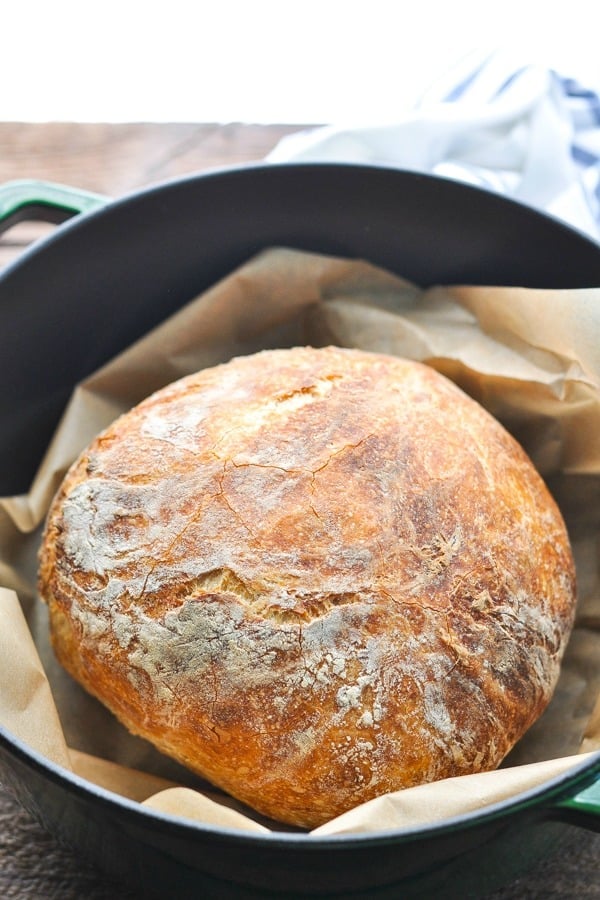
 577 views
577 viewsNo Knead Bread Recipe
theseasonedmom.com
45 minutes
Your folders
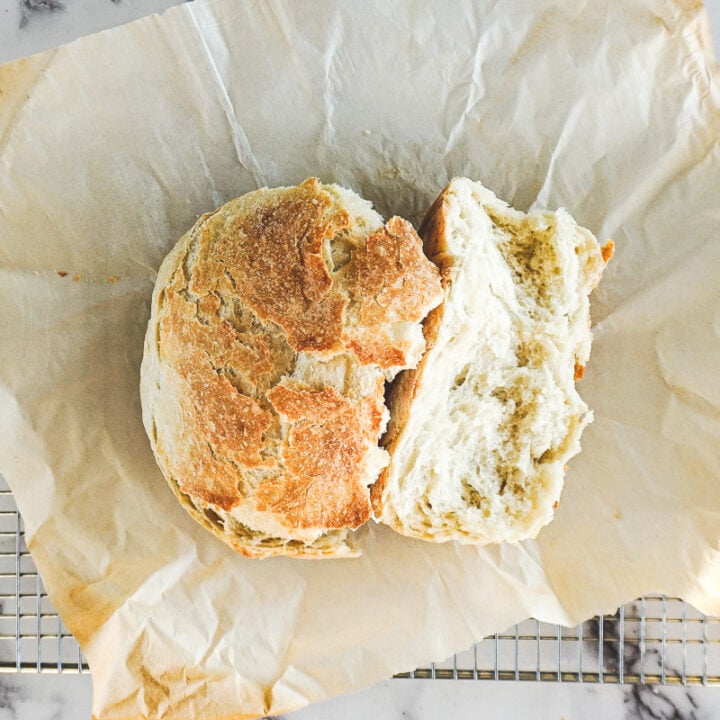
 587 views
587 viewsNo Knead Bread Recipe
cravethegood.com
4.3
(29)
40 minutes
Your folders

 1053 views
1053 viewsNo-Knead Bread
cooking.nytimes.com
5.0
(12.7k)
Your folders
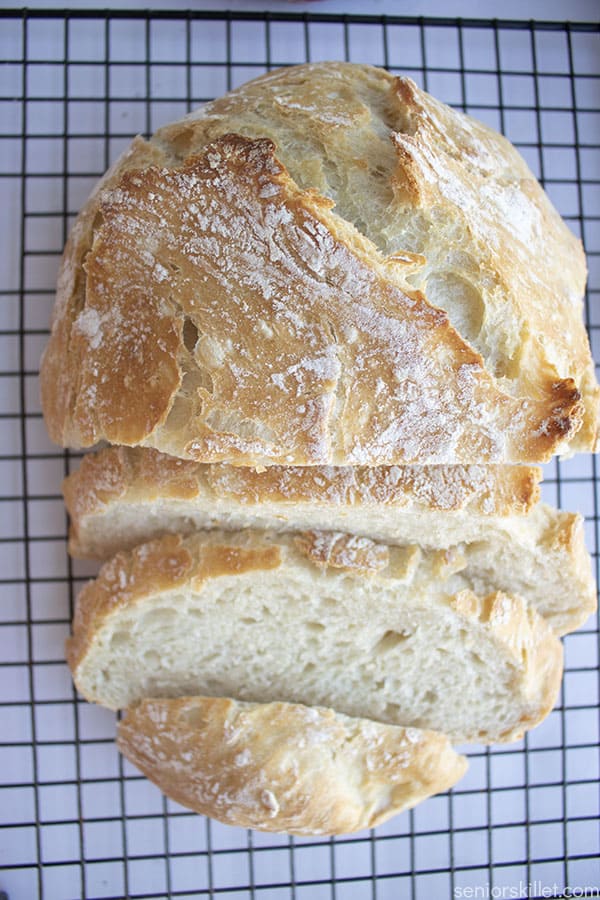
 821 views
821 viewsNo Knead Bread
seniorskillet.com
40 minutes
Your folders

 599 views
599 viewsNo-Knead Bread
loveandlemons.com
4.9
(13)
45 minutes
Your folders
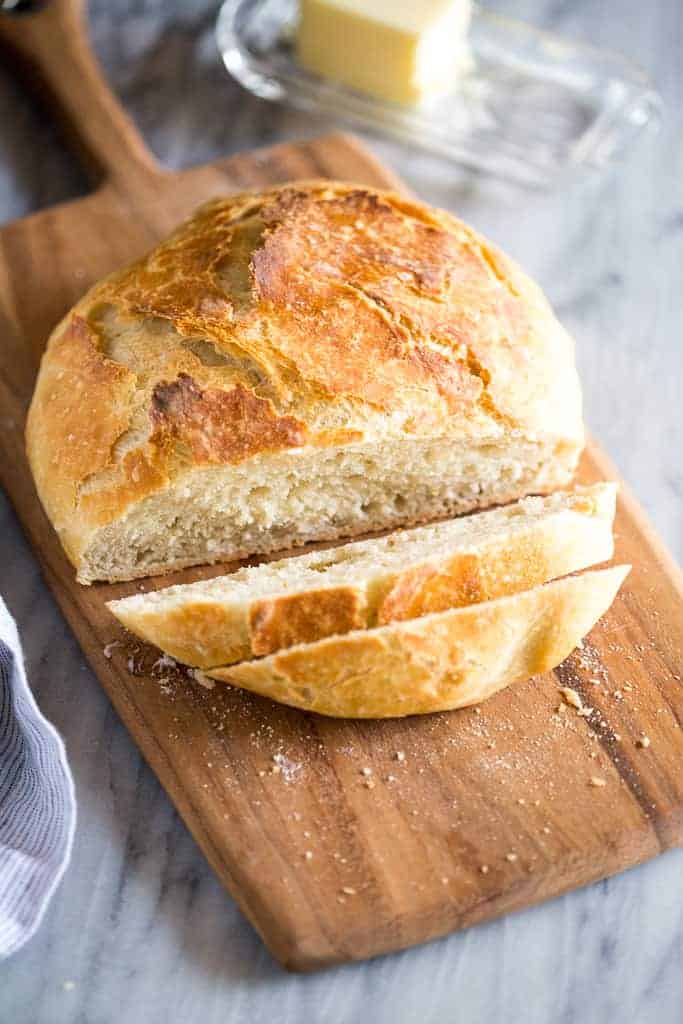
 897 views
897 viewsNo Knead Bread
tastesbetterfromscratch.com
5.0
(28)
75 minutes
Your folders
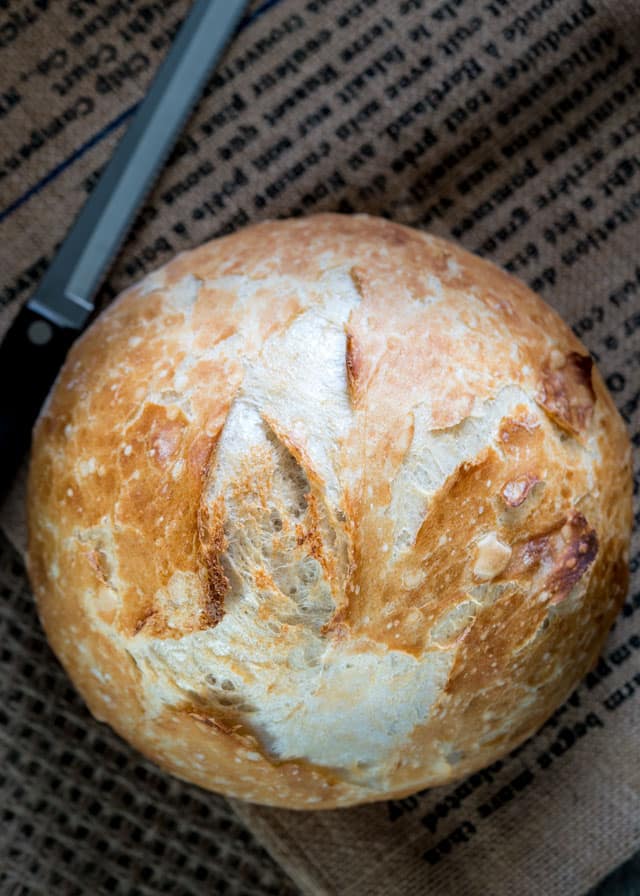
 883 views
883 viewsNo Knead Bread
jocooks.com
4.6
(1.4k)
45 minutes
Your folders
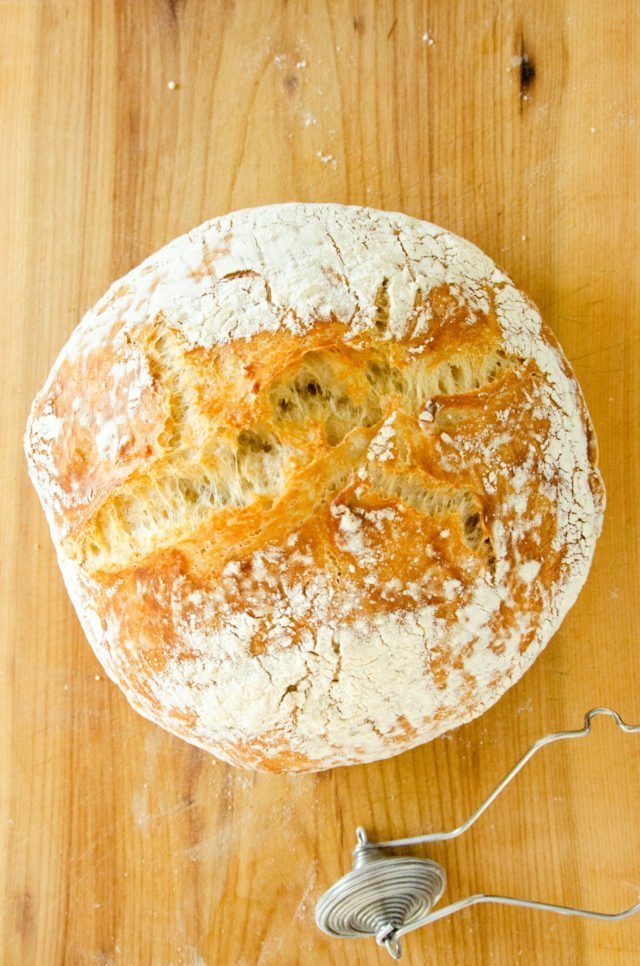
 424 views
424 viewsNo Knead Bread
bluejeanchef.com
4.6
(12)
1380 minutes
Your folders
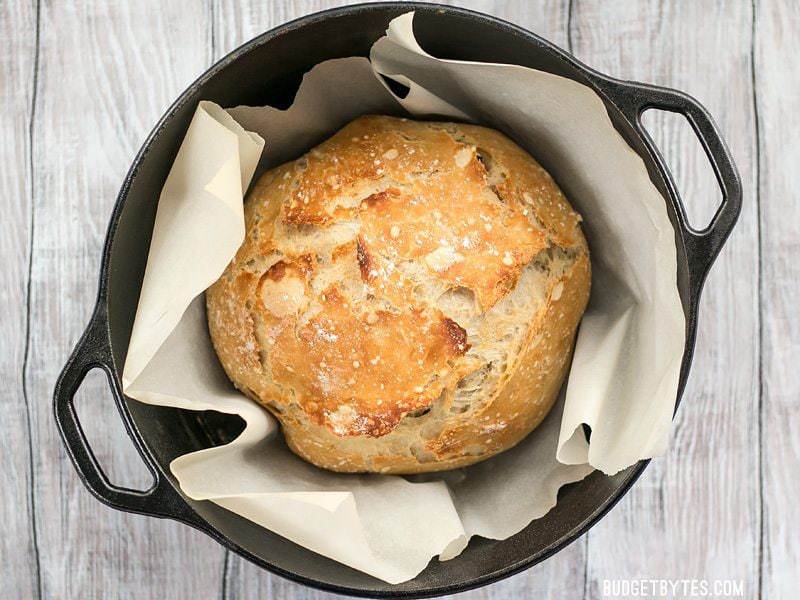
 358 views
358 viewsNo-Knead Bread
budgetbytes.com
4.9
(44)
45 minutes
Your folders
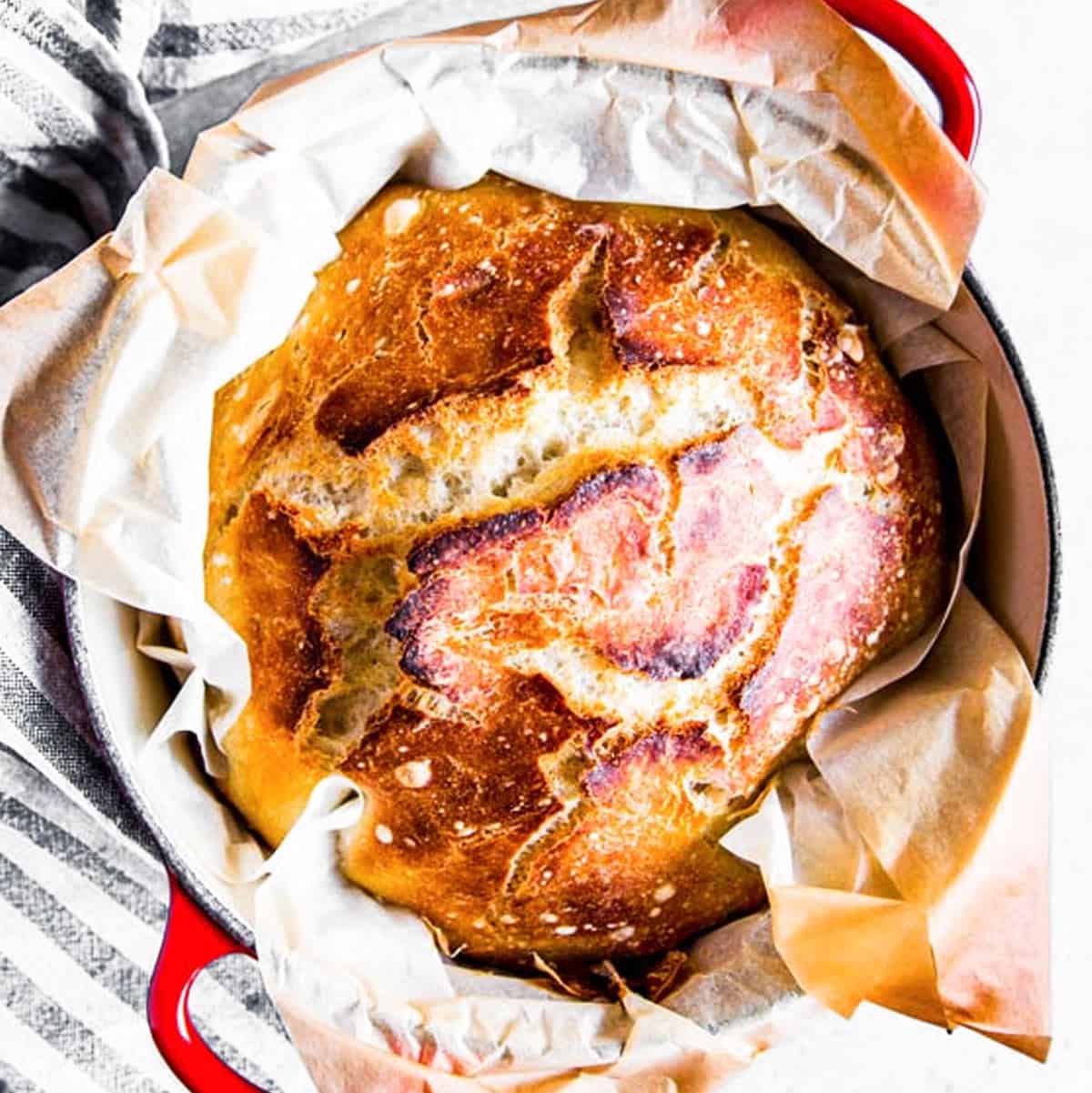
 509 views
509 viewsNo Knead Bread
savorynothings.com
4.7
(17)
120 minutes
Your folders
 87 views
87 viewsNo-Knead Bread
budgetbytes.com
Your folders

 382 views
382 viewsNo-Knead Bread
cooking-nytimes-com.translate.goog
5.0
(16.4k)
Your folders
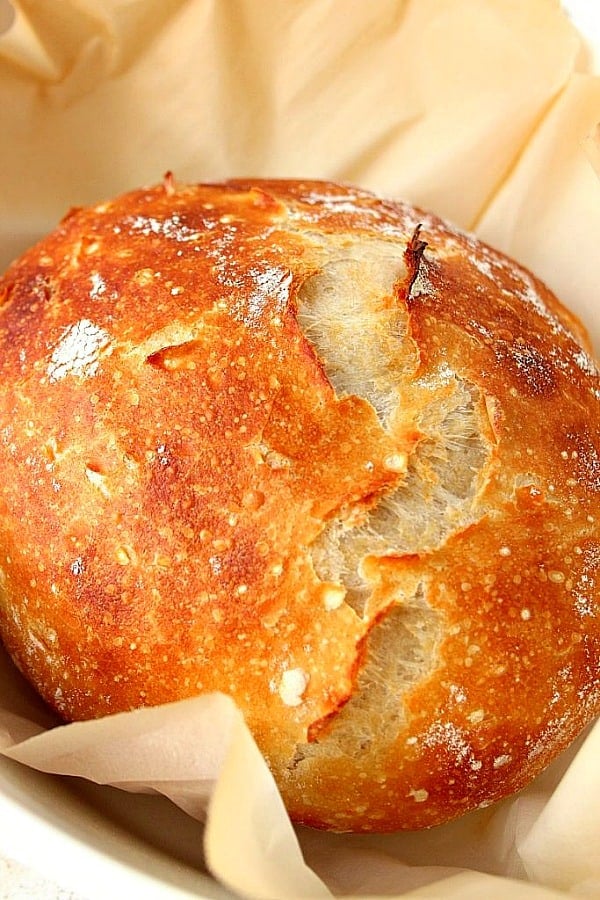
 304 views
304 viewsNo-Knead Bread
crunchycreamysweet.com
4.8
(43)
40 minutes
Your folders
 169 views
169 viewsNo-Knead Bread
crunchycreamysweet.com
Your folders

 251 views
251 viewsNo-Knead Bread
biancazapatka.com
4.8
(16)
45 minutes
Your folders

 382 views
382 viewsNo-knead Bread
cookingcarnival.com
5.0
(9)
30 minutes
Your folders
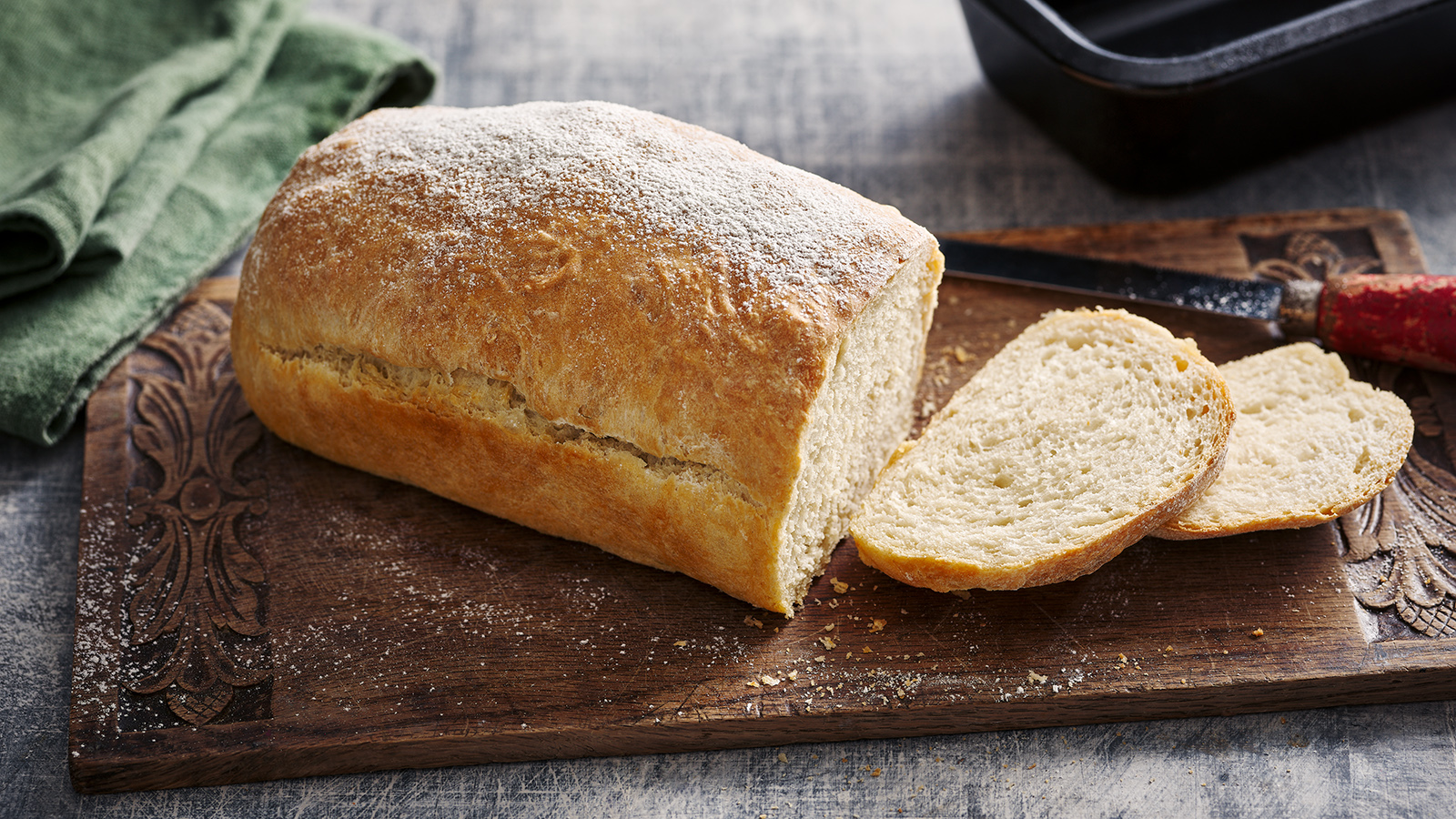
 354 views
354 viewsNo-knead bread
bbc.co.uk
5.0
(1)
1 hours
Your folders
 292 views
292 viewsNo Knead Bread
foodtalkdaily.com
1 hours
Your folders
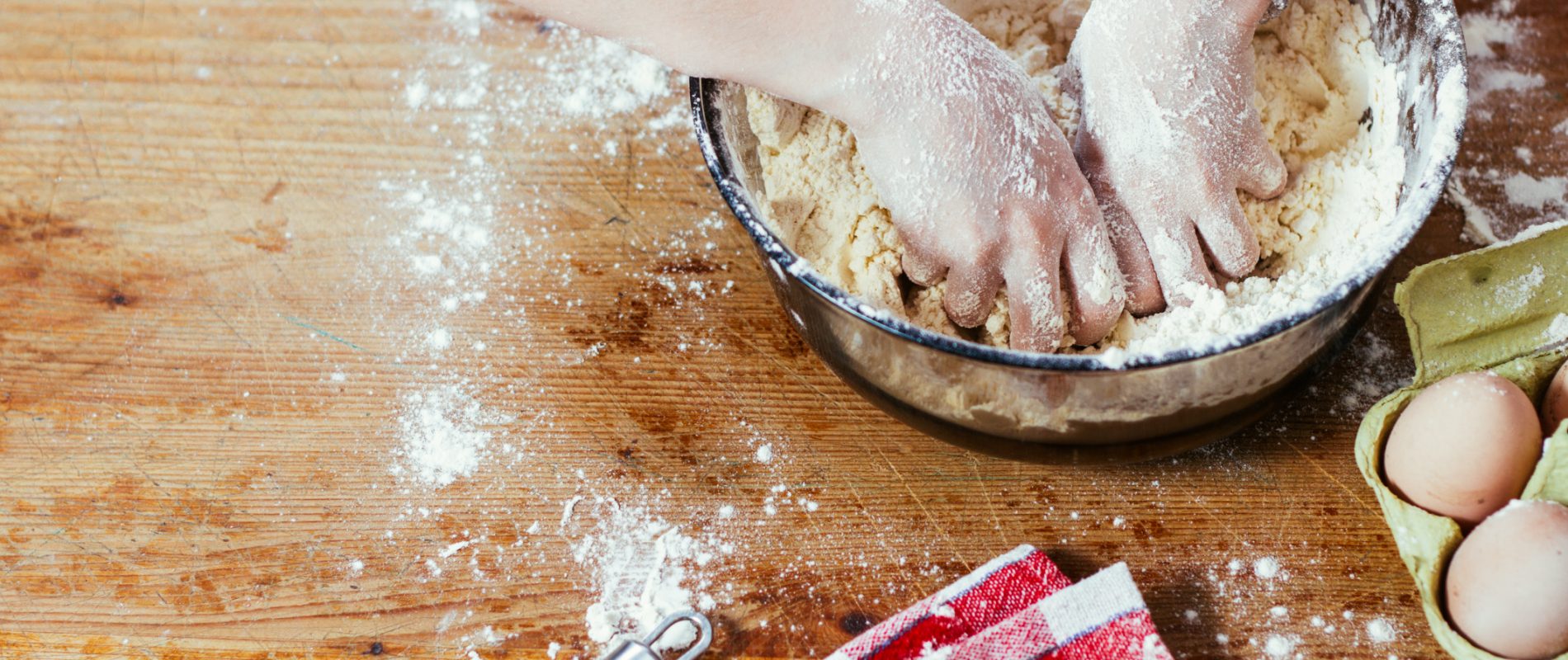
 130 views
130 viewsNo-Knead Bread
rouses.com
5.0
(1)
Your folders

 139 views
139 viewsNo-Knead Bread
bittmanproject.com